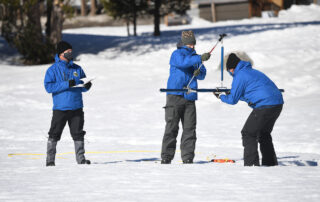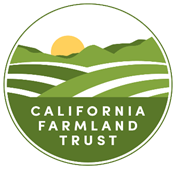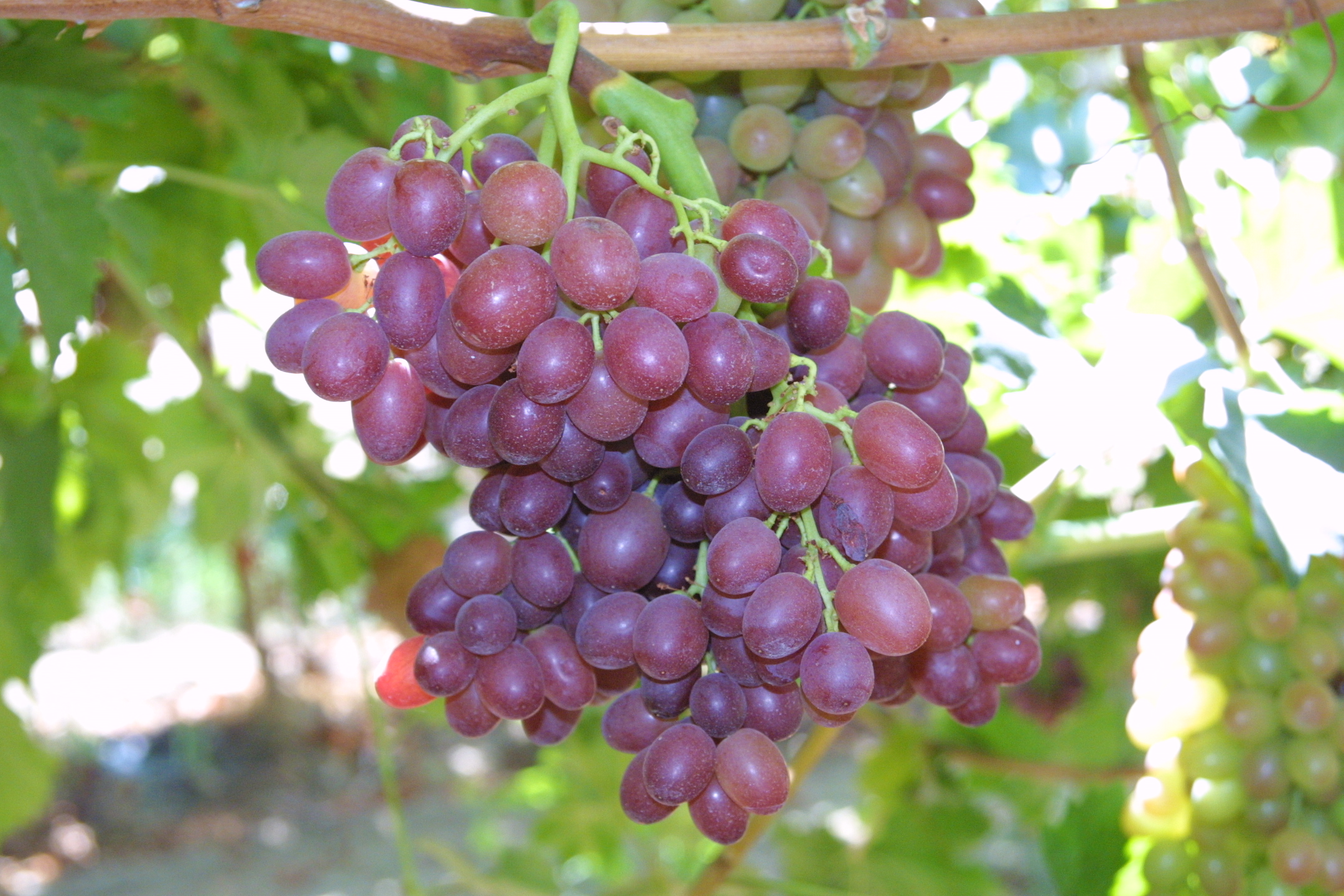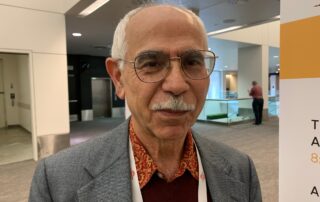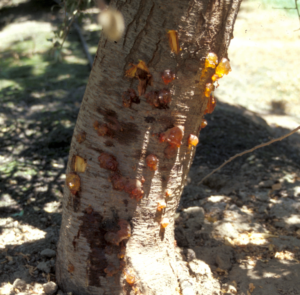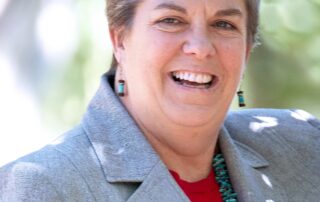Almond Board Announces Strong 2022 Almond Leadership Program
The 13th class of outstanding professionals begins a year-long immersion to help them become the next great California almond industry leaders.
By Almond Board of California
The Almond Board of California is proud to announce the Almond Leadership Program class of 2022, a group of 17 exceptional professionals expected to help lead the industry into the future.
This next generation of leaders comes from diverse backgrounds across the full range of the industry, from almond growers and processors to sales representatives, consultants, operations managers, pest control advisors and more. They were chosen from a highly qualified pool of nearly 50 applicants.
The Almond Leadership Program began in 2009 and has graduated more than 200 people, with dozens now serving on ABC workgroups, committees and even the Board of Directors. This 13th class will become immersed in every aspect of the industry, guided by volunteer mentors – many of them graduates of the program – who will help the new class further develop the skills, knowledge and perspective to improve their industry and their communities.
“This program helps mold great people into even greater leaders who continue to guide our industry forward,” said Jenny Nicolau, ABC’s senior manager of Industry Relations and Communications. “The industry is now seeing the enormous benefits from more than a decade of this program, and the 2022 class looks brighter than ever. I am certain that these talented, passionate people will continue to be great assets and advocates for our industry for years to come.”
Leadership class members – while still working at their jobs – will complete specialized trainings on all aspects of the industry, much of it tied to ABC activities in global marketing, production and nutrition research, food safety and more. They’ll also sharpen their communication skills and build lasting relationships with each other, ABC staff and other industry leaders.
“Nothing compares to hands-on experience and I look forward to tangibly learning more about aspects of the almond industry outside of my current reach and knowledge,” said Bethany Couchman, a manager at Eagle’s Rest Ranches in Merced County and a 2022 participant. “I’m grateful that the Almond Board is providing us the opportunity to gain specialized insight and training so we can give back to our communities as better equipped leaders.”
The leadership program will also offer a thorough look at the ways social, economic and environmental issues, and the regulatory climate, impact the industry. In addition, participants will take on a yearlong, self-directed project – possibly diving into a topic that interests them, or introducing an innovative technology or practice to their operation, or exploring a new idea to advance the industry. All will focus on improving the California almond community, and some past projects have led to important breakthroughs for the industry.
Leadership class members kicked off their training with a two-day orientation last week at the ABC offices in Modesto. It included a state of the industry discussion with ABC President and CEO Richard Waycott and one-on-one talks with their mentors.
“The program offers clear insight into the almond industry as a whole and gives first-hand examples of what it means to lead an industry and to give back,” said Chris Gallo, who has been both a participant and mentor. He is now the U.S. Western Region Sales and Marketing Vice President for Yara North America and is mentoring again in 2022. “It’s clear that this program continues to evolve to build leaders who will take the almond industry into the future. It’s truly a family that grows with every class.”
Once again, class members will raise money for California Future Farmers of America (FFA), pledging to raise more than $25,000 in scholarships for high school students interested in pursuing agriculture in college. Through the years, the leadership program has raised more than $200,000 for FFA.
The 2022 Almond Leadership class members are Jaspaul Bains, Bains Ag LLC; John Bodden III, Bayer Crop Science; Kate Capurso, Blue Diamond Growers; Bethany Couchman, Eagle’s Rest Ranches; Michael Coe, Blue Diamond Growers; Brady Colburn, Agri Technovation, Inc.; Ian Darling, Monte Vista Farming Co.; Jarred Greene, Nickel Family Farms dba San Juan Ranching Co.; Thomas Fantozzi, Synagro Technologies; Matt Morelli, Scientific Methods Inc.; Joe Palomino, Axiom Ag; Ken Peelman, Monte Vista Farming Co.; Carson Pettit, RPAC, LLC; Rodney Ratzlaff, Loveland Products Inc./Nutrien Ag Solutions; Arjun Samran, Bapu Farming Co.; Kaisa Spycher, Spycher Farms, Inc.; Blake Wilbur, Koppert Biological Systems.
Bayer Crop Science is the sponsor of the 2022 class.



